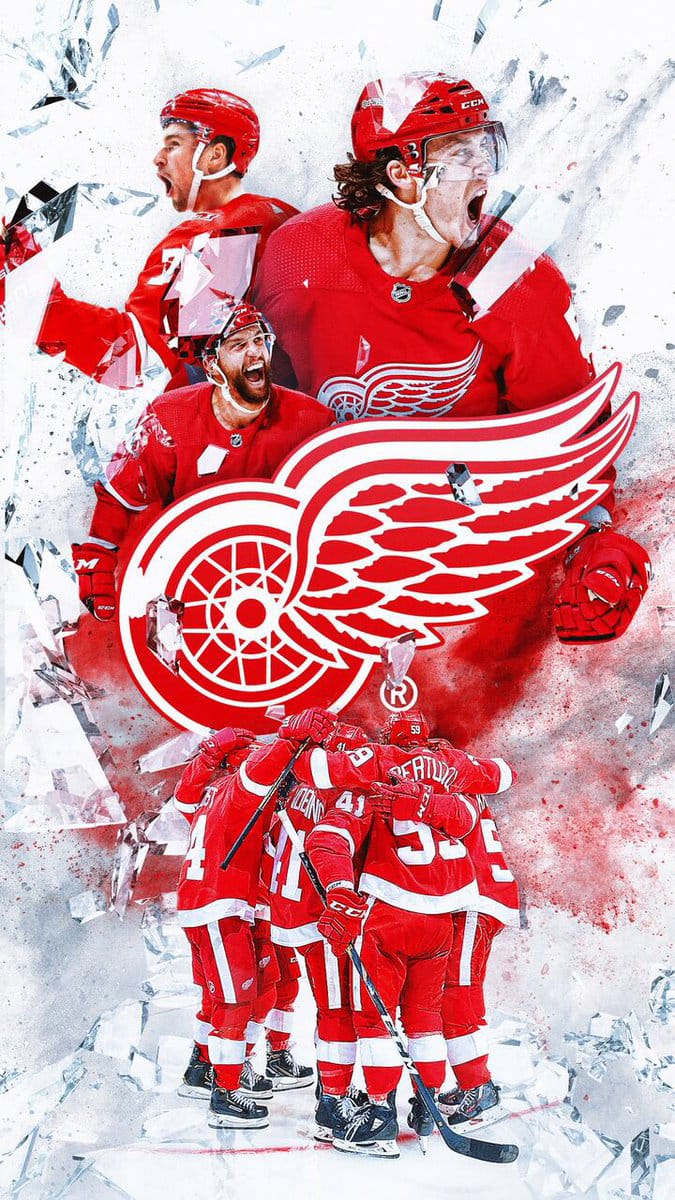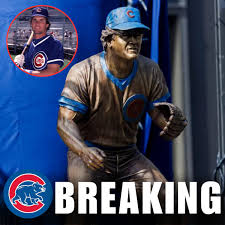
The Detroit Red Wings are not just a hockey team—they are an institution, a symbol of resilience, legacy, and excellence in the world of professional ice hockey. As one of the “Original Six” teams of the National Hockey League (NHL), the Red Wings have carved out a legendary status that few franchises can match. From the glory days of Gordie Howe and Steve Yzerman to the modern grit and grind of today’s players, the Red Wings have inspired generations of fans and players alike.
Origins and Early Years
The Detroit Red Wings were founded in 1926, initially named the Detroit Cougars, then the Falcons, before adopting the now-iconic Red Wings name in 1932 under the ownership of James Norris. The name, logo, and identity were inspired by the Montreal Winged Wheelers, a cycling team, reflecting both Detroit’s status as the Motor City and the spirit of movement and progress.
Dominance and Dynasties
The Red Wings quickly became a force in the NHL, capturing their first Stanley Cup in 1936, followed by another in 1937. The post-war era marked the emergence of Detroit as a true hockey powerhouse. During the 1950s, the team, led by legendary players like Gordie Howe, Ted Lindsay, and Terry Sawchuk, won four Stanley Cups and made regular playoff appearances.
Perhaps no era is as revered among fans as the 1990s and early 2000s, when the Red Wings became synonymous with excellence. Under the leadership of Captain Steve Yzerman, coach Scotty Bowman, and stars like Sergei Fedorov, Nicklas Lidström, Brendan Shanahan, and Chris Osgood, the Red Wings captured four Stanley Cups (1997, 1998, 2002, and 2008). The 1997 and 1998 championships were particularly emotional as they came after years of playoff frustration and were marked by the inspiring recovery of defenseman Vladimir Konstantinov.
The Russian Five and International Influence
One of the most revolutionary moments in Red Wings history was the introduction of “The Russian Five”—Sergei Fedorov, Igor Larionov, Slava Fetisov, Slava Kozlov, and Vladimir Konstantinov. This group brought European finesse and creativity to the traditionally physical North American game, redefining how hockey was played and influencing future team-building strategies across the league.
The Joe and the LCA
For decades, Joe Louis Arena, affectionately known as “The Joe,” was the beating heart of Red Wings hockey. The arena hosted countless memorable moments and was a feared venue for visiting teams. In 2017, the Red Wings moved to the state-of-the-art Little Caesars Arena, continuing their legacy in a new home designed for a new generation of fans.
Challenges and Rebuild
Like any storied franchise, the Red Wings have faced their share of challenges. Following years of dominance, the team entered a rebuilding phase in the 2010s. However, under the guidance of general manager Steve Yzerman—now working in the front office—the team is on a promising path back to competitiveness, building around young talent like Moritz Seider, Lucas Raymond, and a strong prospect pipeline.
The Fanbase: Hockeytown, USA
Perhaps the most defining feature of the Red Wings is their fanbase. Detroit has long been known as “Hockeytown,” a title earned not by branding but by unwavering support and passion. Whether the team is hoisting the Stanley Cup or grinding through a rebuild, Red Wings fans remain fiercely loyal, filling arenas and keeping the spirit of the team alive.
The Legacy Lives On
The Detroit Red Wings are more than just a team; they are a cornerstone of NHL history and an enduring symbol of pride for the city of Detroit. Their legacy is etched in the names and numbers hanging from the rafters, in the roar of the crowd at Little Caesars Arena, and in the hearts of millions of fans worldwide.
As the Red Wings continue to build toward their next era of greatness, one thing remains certain: the winged wheel will forever turn, powered by tradition, excellence, and the undying love of its fans.



